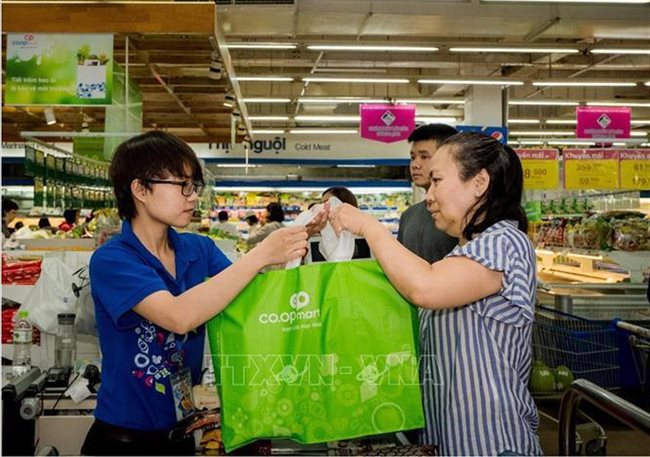HCMC – Three key elements that affect Vietnamese consumer perceptions of ecofriendly packaging are packaging materials, manufacturing technology and market appeal, according to a new study.
Led by RMIT Vietnam School of Business & Management lecturer Dr Nguyen Anh Thu, this study is the first in Vietnam to identify a comprehensive consumer definition of ecofriendly packaging, giving manufacturers and marketers valuable insights into environmentally focused consumer perceptions and behaviors.
Dr Thu’s study, “A consumer definition of ecofriendly packaging,” showed that consumers perceive plastic to be less ecofriendly than paper or biodegradable materials.
“This consumer attitude is driving the demand for paper food packaging because it is both economically and environmentally appealing,” Dr Thu stated.
However, according to the RMIT expert, this perception that paper-based packaging is ecofriendly could be a paradox.
The Life Cycle Assessment (LCA) measures the environmental impact of packaging by taking into account the package manufacturing process, the food packaging process, the transport phases and the end-of-life management of different types of packaging.
“Based on tests by LCA, paper and cardboard can be worse for the environment than plastic because of the volume of materials required to make the packaging fit for the purpose and the associated impact of agricultural processes and end-of-life degradation,” Dr Thu remarked.
She said this information could be valuable for strategists who wish to educate consumers about the environmental characteristics of different types of packaging.
Major brands also have a new opportunity to take the lead in lowering the environmental impact of their products.
The study further found that a barrier to consumer acceptance was a lack of knowledge and understanding of technologies.
“While LCA is the most comprehensive and complete tool for quantitatively assessing the environmental impact of different types of food packaging, it is often used as an in-house tool, and its results are not available to the public,” Dr Thu explained.
“When made public, LCA results would simply confuse consumers due to the complexity of the data.”
Dr Thu emphasized that making the findings of the LCA public, simple and understandable “is one way to address this, by linking manufacturing inputs to environmental effects.”
“Educating consumers about the packaging lifecycle might be a good start to make them fully aware of the related environmental effects,” Dr Thu suggested.
According to the study, consumers also value an attractive graphic design, functionality and reasonable price in addition to packaging materials.
“Consumers are more attracted by colorful images on the package and show their dissatisfaction with the poor appearance of paper-based packages, which are considered to be ecofriendly,” Dr Thu said.
“This re-emphasizes the functional role that ecofriendly packaging should play to gain the acceptance of some consumer segments while also satisfying the aesthetic needs of other consumer segments,” she added.











